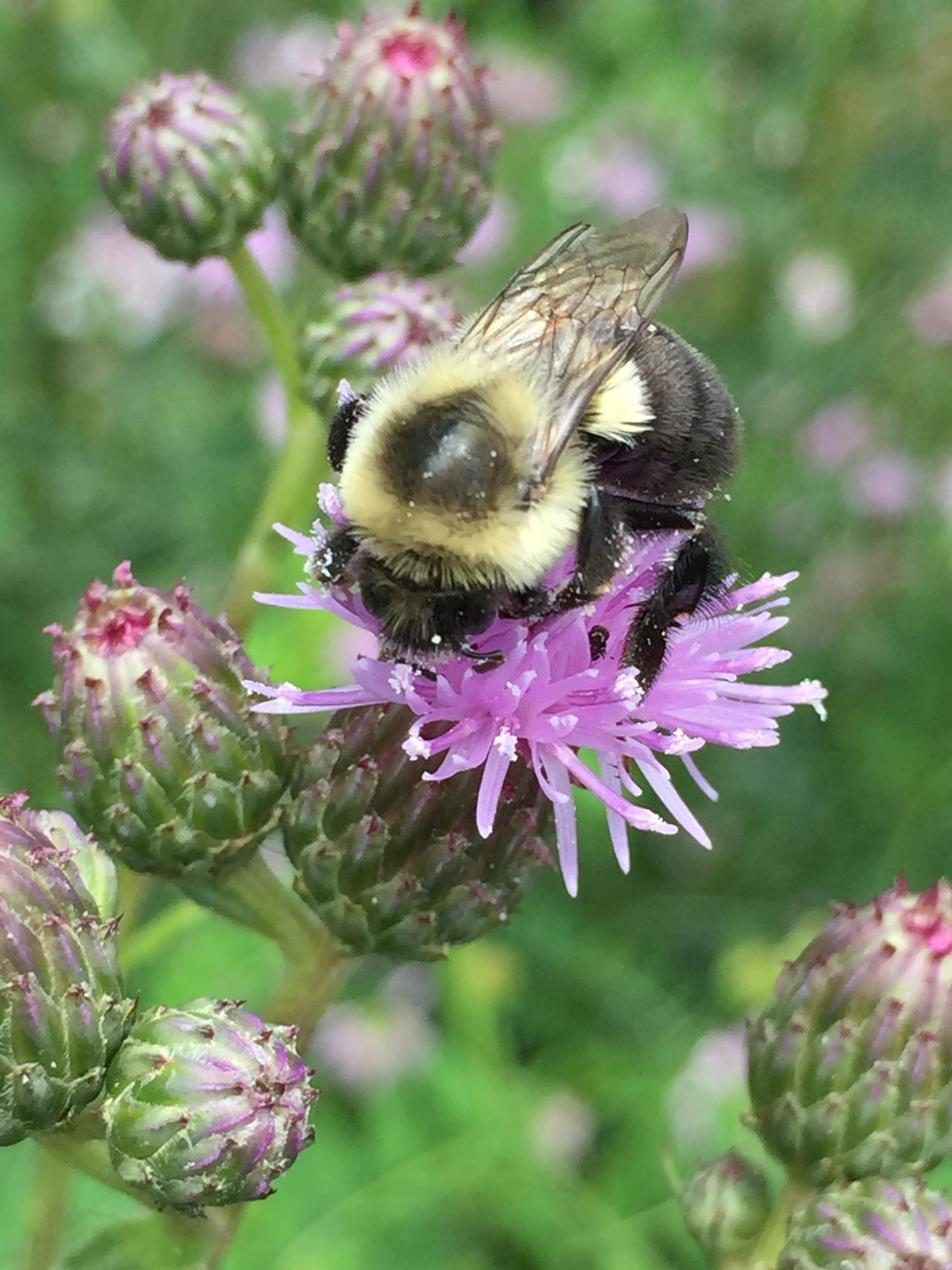
The researchers demonstrated that social insects, including bees, ants and wasps, are more complex than previously was thought. Chemical signaling among social insects, such as bees, ants and wasps, is more complex than previously thought, according to researchers at Penn State and Tel Aviv University, whose results refute the idea that a single group of chemicals controls reproduction across numerous species.
"While the hypothesis that many social insect lineages all use the same chemical signals -- known as pheromones -- was fascinating, we were skeptical that such complex behaviors could be regulated by a simple, common mechanism across such very different species," said Etya Amsalem, postdoctoral fellow in entomology, Penn State. "It seems more likely that pheromones evolved uniquely in different species, as these species experienced different environments and different social pressures."
The results appear in today's (Oct 21) issue of the Proceedings of the Royal Society B.
According to Amsalem, in January 2014, a study was published suggesting that the chemical signals produced by queens from a variety of species, including bumblebees, ants and wasps, are very similar. The paper posited that this common group of chemicals is responsible for inhibiting reproduction in workers across these different species.
"One of the most fascinating behaviors in social insects is that most of the females in a colony (the workers) do not lay their own eggs, and instead help rear the eggs produced by their mother (the queen)," said Amsalem. "In some species, it is known that the queen produces pheromones, to inhibit the workers from reproducing."
The previous study examined the ovaries of worker bumblebees in the presence of putative queen pheromones to see if they were active -- producing eggs -- inactive, or regressed. Regressed ovaries are those in which the developing eggs have absorbed back into the tissue.
The researchers found that exposure to a putative queen pheromone, c25, caused increased levels of ovary regression, but had no other effects," said Amsalem.
Amsalem and her colleagues -- which include Christina Grozinger, professor and director of the Center for Pollinator Research, Penn State -- decided to conduct their own study to see if c25 and two closely related chemicals, c23 and c27, inhibit worker reproduction using a North American species of bumblebee -- Bombus impatiens. They examined the workers' ovaries, evaluated the size of the developing eggs in the ovaries to determine if they were mature and ready to lay, and monitored the numbers of eggs laid by the workers and how long it took for workers to lay eggs.
"We found no effect of exposure to any of the chemicals on the size of the developing eggs, the number of eggs laid or how long it took for the bees to lay eggs," Grozinger said. "Interestingly, we did find that all three chemicals increased the rates of ovary regression. However, ovary regression was positively correlated with time to egg laying. The earlier the workers laid eggs, the more bees showed ovary regression by the end of the experiment. We conclude that ovary regression is likely more a measure of active egg production than evidence for inhibition of egg production." According to Grozinger, overall the results demonstrate that these chemi cals do not inhibit ovarian activation in workers.
The researchers said that their team's study contributes to a larger debate concerning how pheromonal signals might evolve and how social behavior is maintained. It also contributes to the debate about which measures should be used to investigate queen bee effects on worker reproduction.
"We have learned that pheromone biology is not as simple as was once believed," Grozinger said. "It is not accurate to conclude that worker reproduction is regulated by a simple, common mechanism across different species. Instead, these pheromones likely evolved uniquely in different species. Beyond these chemicals, there may be many more complex and species-specific signals being used by social insects that are yet to be discovered."
Source: Penn State
 Print Article
Print Article Mail to a Friend
Mail to a Friend
